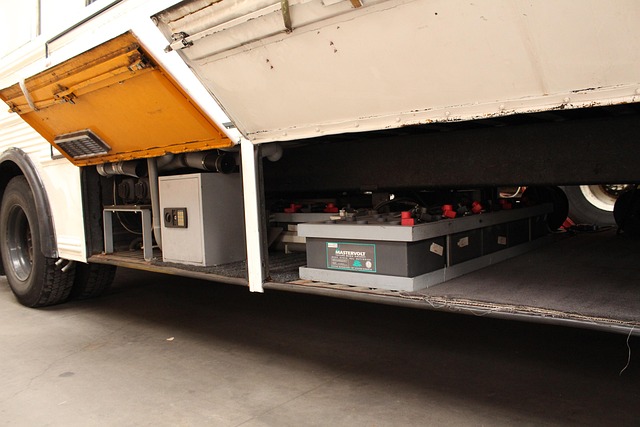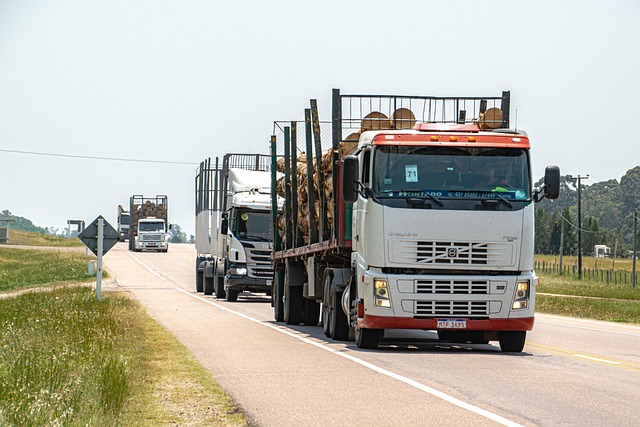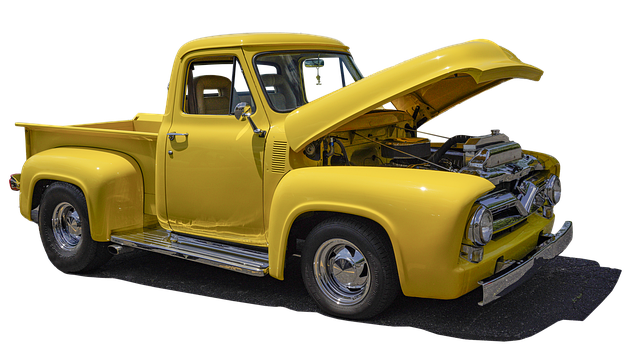Looking to register your car in California? This comprehensive guide breaks down the process step-by-step. Understanding eligibility requirements, gathering essential documents, visiting the DMV, verifying your Vehicle Identification Number (VIN) using a certified VIN verifier, and completing application forms – we’ve got you covered. Simplify car registration with our expert tips and ensure a smooth experience.
- Understand Eligibility Requirements for Car Registration in California
- Gather Necessary Documents for Vehicle Registration
- Visit the DMV: Step-by-Step Guide to Registration
- Verify VIN: Using a Certified Vin Verifier
- Complete and Submit the Registration Application Form
Understand Eligibility Requirements for Car Registration in California

Before diving into the registration process, it’s crucial to understand the eligibility requirements for car registration in California. To register your vehicle, you must first ensure that your car meets all state and federal safety standards. The California Department of Motor Vehicles (DMV) requires a valid vehicle inspection, often performed using a DMV VIN verifier or a mobile vin verifier, to confirm these standards. This process involves checking the vehicle’s emissions, safety systems, and overall condition to ensure it’s safe for road use.
Additionally, you’ll need proof of insurance and identification documents. The registration fee varies based on your vehicle’s type and age, so it’s essential to be prepared with these details. A mobile vin verification or vin inspection can help streamline this process by providing a quick and convenient way to ensure your car is compliant with California’s registration requirements.
Gather Necessary Documents for Vehicle Registration

Before heading to the California Department of Motor Vehicles (DMV), ensure you have all the required documents for a smooth registration process. The key documents include your vehicle’s registration certificate from the previous state, proof of insurance, and the title or bill of sale. Additionally, you’ll need your driver’s license or identification card. If you’ve recently purchased the car, your dealer might provide these documents as part of the transaction.
For a hassle-free experience, consider using a mobile vin verification service. This innovative tool allows for a quick and convenient vin inspection, comparing your vehicle’s unique 17-character vin number with data from reputable sources to ensure all details are accurate and up-to-date. Some services even offer this as a free feature, making it an attractive option for those looking to register their cars in California.
Visit the DMV: Step-by-Step Guide to Registration

Visit the DMV for car registration involves a straightforward process that begins with a trip to your local California Department of Motor Vehicles (DMV) office. Here’s a step-by-step guide:
1. Gather all necessary documents, including your vehicle’s registration from its previous owner, proof of insurance, and a valid driver’s license. You’ll also need the Vehicle Identification Number (VIN), which can be found on the vehicle’s title or chassis. For added convenience, consider using a mobile VIN verification service to capture this critical information quickly and accurately.
2. Once at the DMV, locate the registration counter and present your documents. An agent will verify your details and ensure your vehicle meets all legal requirements. They’ll guide you through any outstanding fees or necessary forms. If required, schedule an appointment for a mobile VIN inspection to have a DMV inspector visit your location and complete the process there.
Verify VIN: Using a Certified Vin Verifier

To ensure the car’s history is accurate and avoid any potential issues, it’s crucial to verify the Vehicle Identification Number (VIN). This process can be easily accomplished using a Certified DVW VIN verifier. The California Department of Motor Vehicles (DMV) recommends this step as part of the registration process.
A mobile vin inspection or mobile vin verification service is particularly convenient, allowing you to complete this task efficiently. These services offer on-site VIN checking, eliminating the need for an in-person visit to a DMV office. With just a few simple steps, using a certified VIN verifier ensures your car’s information is reliable and accurate before proceeding with registration.
Complete and Submit the Registration Application Form

To initiate the registration process for your vehicle in California, you’ll need to complete and submit the Registration Application Form (also known as the DV-14 form). This crucial document requires accurate and detailed information about both your vehicle and yourself. Ensure that all details, including the Vehicle Identification Number (VIN), are verified accurately. Utilize a reputable DMV VIN verifier or even a mobile vin verifier app to confirm these details before proceeding.
The form includes sections for personal information, vehicle specifications, and ownership history. It’s essential to double-check every entry, especially the VIN, as it uniquely identifies your car. A proper vin inspection ensures that you’re providing the correct data, which is vital for a seamless registration process with no delays or complications. By ensuring accuracy from the start, you can avoid potential issues later on.
Registering a car in California is a straightforward process, but it requires attention to detail. By understanding the eligibility criteria, gathering all necessary documents, and following the step-by-step guide at your local DMV, you can ensure a smooth registration experience. Additionally, utilizing a certified VIN verifier for accurate verification enhances the process’ efficiency. Remember, a valid vehicle registration not only ensures legal compliance but also contributes to safer California roads.



